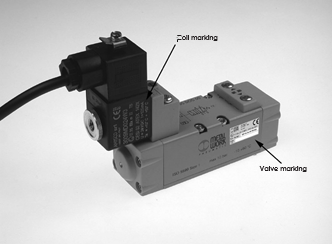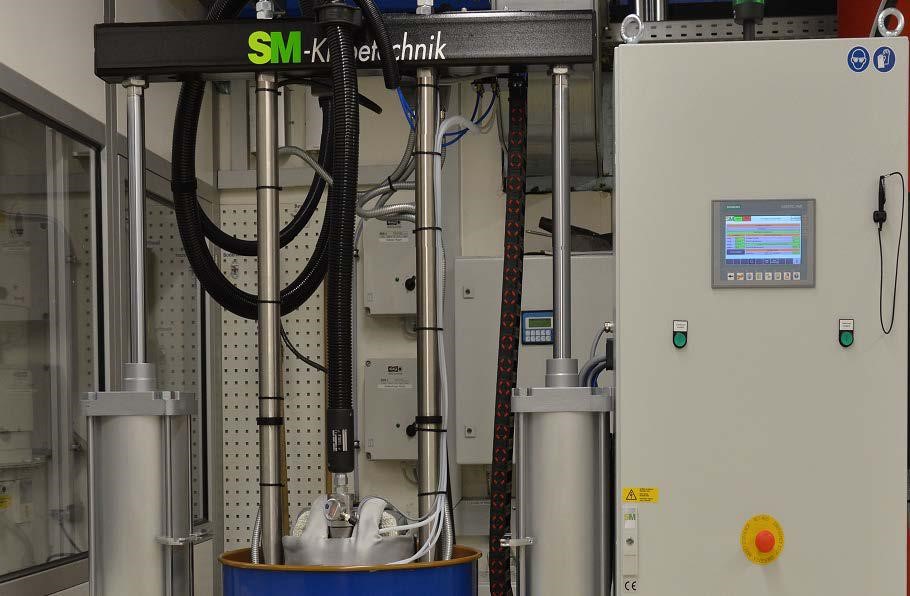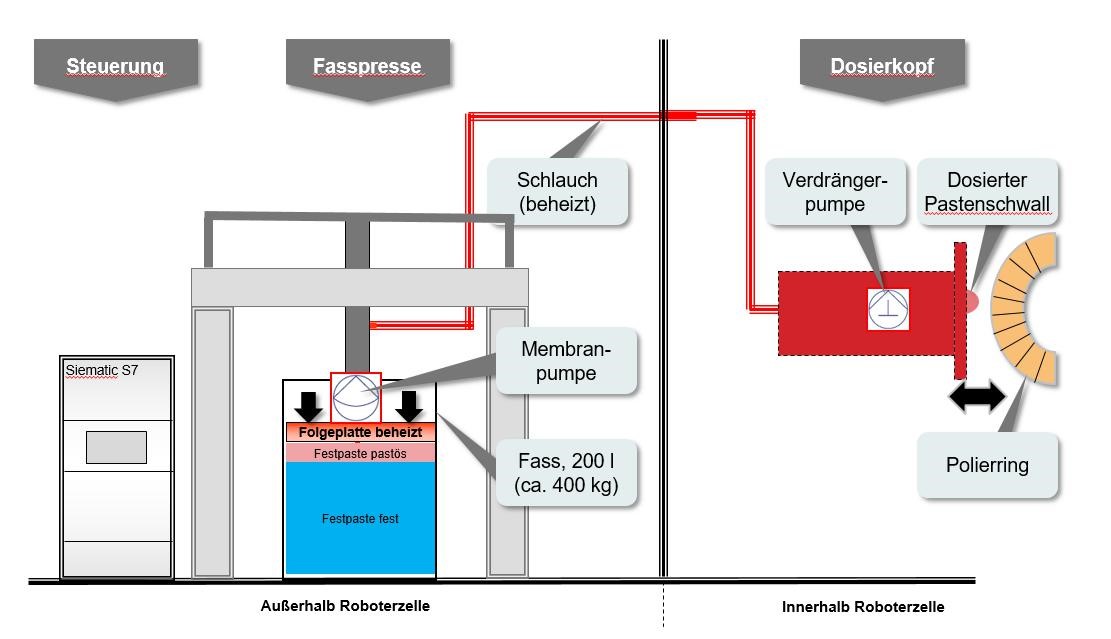EXPLOSION PROTECTION - INSTALLATION AND OPERATION OF ELECTRICAL EQUIPMENT IN HAZARDOUS AREAS
05/09/2017
OPERATOR, INSTALLER, AND MANUFACTURER OBLIGATIONS
Safety in hazardous areas can only be ensured by a close and effective working relationship among all parties involved (Fig. 7). Besides operators, installers and manufacturers, this also includes inspection authorities, standardisation authorities and public authorities.

The operator is responsible for the safety of its equipment. It is their duty to judge where there is a risk of explosion and then classify zones accordingly. The operator must ensure that the system is installed correctly and tested before first-time com- missioning. The system must be kept in proper working order by regular inspection and maintenance.

The requirements for system operation in hazardous areas are defined in the national regulations. In Europe minimum requirements are stipulated in EC Directive 1999/92/EC. National regulations supply the specific requirements in the respective countries.
Various standards have been issued at international and Euro- pean level (Table 18). The installer must observe the installation requirements and select and install the electrical equipment correctly according to its intended use. Manufacturers of explosion-protected equipment must ensure special quality assurance measures during production and that every piece of manufactured equipment complies with the approved construction type.
AREA CLASSIFICATION AND SELECTION OF EQUIPMENT
Potential explosion hazards are addressed at an early stage in the planning of new systems. When classifying hazardous areas both the strength of potential sources of ignition for combustible substances and the influence of natural or artificial ventilation must be taken into account. The explosion safety characteris- tics of the combustible substances used must be determined (Appendix 5.1). Only then can a decision be reached on the classification of explosive areas into zones and the selection of suitable equipment.
Equipment may only be used in the ambient temperature range specified in its marking. If the marking does not contain any information, the standard range of -20 °C to +40 °C applies. Electrical equipment must comply with the subgroup IIA, IIB or IIC. It must be selected and installed so that it is protected from external influences that may compromise explosion protection.
INSTALLATION TECHNIQUES
In the main, three installation systems are used for electrical systems in hazardous areas:
- Cable system with indirect
- Cable system with direct
- Conduit
The technical design of the electrical equipment implemented in the individual types of installation varies accordingly. In the USA only the conduit system or mineral insulated cables (MI) are permitted for all Class 1, Division 1 applications to NEC 501-4, whereby mineral-insulated cables are mainly used as heating lines and fire-resistant signal and control lines. Type MC-HL or ITC-HL cables may also be used in specific conditions. Certain types of cable and line are also permitted in Division 2.
Cable systems
In Europe cable systems are most common, with high-quality cables and lines laid uncovered. It is only in areas in which mechanical damage is likely that they are laid in conduits, which are open at both ends.

Figure 8: Installation techniques worldwide. Left: cable system with indirect entry. Centre: cable system with direct entry. Right: conduit system.
In the case of indirect entry the cables and lines are run via cable entries into an “increased safety” protection type wiring area, where they are connected to terminals also designed for the increased safety protection type. The individual wires are then run via flameproof line bushings into the flameproof enclo- sure. In contrast to direct entry, the cable bushings are installed by the manufacturer so that the entire flameproof enclosure can be tested at the factory. The installer needs to only open the wiring area, but not the flameproof enclosure, for connection purposes. In the case of direct entry the connecting lines are directly led into the flameproof enclosure. Only cable glands that have been specially designed and approved for this type of entry may be used. The flexible gasket and the cable sheath must form a flameproof joint. Care should therefore be taken to ensure that the right cable gland is selected for the type and structure of the cable and where it is used. In the event of an explosion in the flameproof enclosure the cable must withstand the explosion, so special requirements are placed on the gaskets.
Until Edition 2007 of IEC 60079-14, a selection matrix was applied to define when additional sealing compound was required in the screw fitting according to gas group, zone and enclosure volume. The matrix was superseded by IEC 60079-14 in 2013.
Screw fittings with sealing compound should continue to be used. However, this is not required if a round tight cable* with a minimum length of 3 m is used in conjunction with a screw fitting approved for flameproof enclosures. At this point, the
flameproof enclosure depends on the care taken by the installer on laying the cables and lines.
Conduit system
In the case of conduit system installations, the electrical lines are run as single wires into enclosed metal conduits. The con- duits are connected to the enclosures by means of screw fittings and sealed at every entry. The entire conduit system is flameproof. The aim of the seal is to prevent explosions which may occur inside the enclosure from penetrating the pipes. Other- wise, extremely high explosive pressures would be created as a result of pre-compression in long cylindrical tubes. For this reason, it is recommended that seals be installed not just at the entries, but also at specific intervals. Drains must be installed at low points where condensate can accumulate.
INSPECTION AND MAINTENANCE
Regular maintenance is required to maintain the safety of electrical systems in hazardous areas. The personnel perform- ing such maintenance work must be supervised by an explosion protection expert and be informed of the special hazards. Before modification and maintenance jobs, it must be ensured that there is no risk of explosion during this work. Usually, official written permission must be obtained from the management. A report documenting the work performed should be drafted on completion. In addition it must be confirmed that all relevant regulations were observed. When replacing components or entire pieces of equipment, the explosion and equipment specifications should be noted. This publication affords an initial insight into the extensive field of explosion protection. You can find other brochures and informa- tion on the subject on our website, r-stahl.com. We also offer a comprehensive range of courses to keep you abreast of changes in explosion protection. From foundation and advanced cours- es to current developments, you are sure to find the seminar that suits your needs among the many courses on offer. We will be pleased to answer any questions you may have.
- Cables and lines in a thermoplastic, duroplastic or elastomeric material. They must be circular and compact. All embedding or sheaths must be extruded. If filling material is used, it must not be hygroscopic.
Original link from: http://www.r-stahl.com

